Home>Garden Essentials>What Is The Meaning Of Hardscape And Softscape In Landscape Design
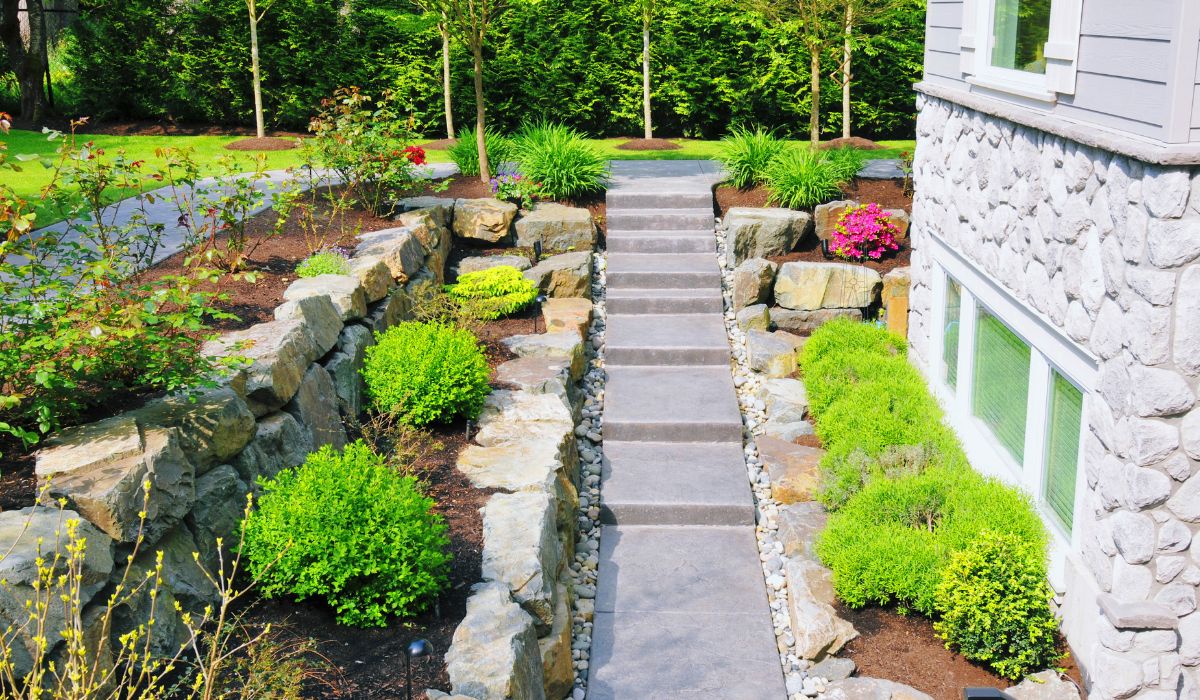

Garden Essentials
What Is The Meaning Of Hardscape And Softscape In Landscape Design
Modified: March 7, 2024
Discover the meaning of hardscape and softscape in garden landscape design. Learn how these elements work together to create stunning outdoor spaces.
(Many of the links in this article redirect to a specific reviewed product. Your purchase of these products through affiliate links helps to generate commission for Storables.com, at no extra cost. Learn more)
Introduction
Welcome to the wonderful world of landscape design! When it comes to creating a beautiful and functional outdoor space, there are two key elements that play a crucial role: hardscape and softscape. These terms may be unfamiliar to some, but understanding their meanings and importance is essential for designing the perfect garden or outdoor area.
In this article, we will explore the definitions of hardscape and softscape, examples of each, and their significance in landscape design. Whether you’re planning to revamp your backyard, create a stunning patio, or establish a serene garden retreat, the concepts of hardscape and softscape will guide you in achieving the desired outcome.
So, let’s dive into the world of landscape design and discover the meaning and significance of hardscape and softscape!
Key Takeaways:
- Hardscape elements like patios and walls provide structure and durability in a garden, while softscape elements such as trees and flowers add color, beauty, and ecological benefits.
- Achieving a balance between hardscape and softscape is crucial for a visually appealing and functional landscape design. It creates harmony, beauty, and a welcoming outdoor space.
Read more: What Is Hardscape In Landscaping
Definition of Hardscape
Hardscape refers to the non-living, man-made elements in landscape design. These elements include the hard surfaces and structures that shape and define the outdoor space. Hardscape features can be both functional and decorative, serving as the foundation or backbone of the overall design.
Typically, hardscape elements are constructed using durable materials such as concrete, brick, stone, wood, or metal. They are designed to withstand the elements and require minimal maintenance. Hardscape features are often used to create structure, add functionality, and enhance the overall aesthetic appeal of a garden or outdoor area.
Examples of hardscape elements include:
- Patios and pathways: These are flat, paved areas that serve as gathering spaces or provide access throughout the outdoor area.
- Retaining walls: These walls are built to hold back soil or create terraced levels in sloped areas.
- Driveways: They provide a functional surface for vehicles to enter and exit the property.
- Decks and pergolas: These structures offer outdoor living spaces, shade, and support for climbing plants.
- Water features: Fountains, ponds, and waterfalls can serve as focal points and introduce a calming element to the landscape.
- Outdoor kitchens and firepits: These spaces are designed for cooking and entertaining, allowing people to gather and enjoy the outdoors.
- Gazebos and arbors: These structures provide shelter and can be adorned with vines or climbing plants.
Hardscape elements are intentionally designed to add functionality, structure, and visual interest to an outdoor space. They offer definition, create boundaries, and provide a framework for the softscape elements to thrive.
Examples of Hardscape Elements
Hardscape elements are essential components in landscape design that provide structure, functionality, and visual appeal. Here are some common examples of hardscape elements:
- Patios and Pathways: Patios are outdoor spaces used for dining, entertaining, or relaxation. They are typically constructed using materials like concrete, stone, or brick. Pathways, on the other hand, provide a designated route for walking or connecting different areas of the garden. They can be made of various materials such as gravel, pavers, or flagstones.
- Walls and Fences: Walls and fences are hardscape elements that define boundaries, provide privacy, and add security to the outdoor space. They can be built using materials like stone, brick, wood, or metal, and can be designed in various styles and heights to suit the overall aesthetic of the landscape.
- Driveways and Parking Areas: Hardscape elements also include driveways and parking areas, which provide functional surfaces for vehicles. They can be made of materials like concrete, asphalt, or gravel, and should be designed to accommodate the intended traffic flow and parking needs.
- Retaining Walls: Retaining walls are structures built to hold back soil and prevent erosion. They are commonly used in sloped areas to create terraced levels or to define the boundaries of raised garden beds. Retaining walls can be constructed with various materials, including concrete blocks, natural stone, or timber.
- Outdoor Structures: Hardscape can also include various outdoor structures such as pergolas, gazebos, and arbors. These architectural elements provide shade, create focal points, and offer support for climbing plants. They are typically constructed from wood or metal and can be adorned with fabric, vines, or other decorative elements.
- Water Features: Water features, such as fountains, ponds, and waterfalls, are popular hardscape elements that add a sense of tranquility and visual interest to the landscape. They create a soothing ambiance, attract wildlife, and can serve as focal points within the outdoor space.
- Outdoor Living Spaces: Hardscape can be used to create outdoor living spaces, such as kitchens, fire pits, seating areas, and dining areas. These areas are designed for gathering, entertaining, and enjoying the outdoors. They often include built-in seating, fire features, and cooking facilities.
These are just a few examples of hardscape elements that can be incorporated into landscape design. Each element serves a specific purpose, contributes to the overall aesthetic, and enhances the functionality of the outdoor space.
Importance of Hardscape in Landscape Design
Hardscape elements play a vital role in landscape design, offering a range of benefits that enhance the overall quality and functionality of outdoor spaces. Here are some important reasons why hardscape is essential:
- Structure and Definition: Hardscape provides structure and defines the layout of the outdoor area. Elements like pathways, walls, and fences delineate spaces, creating a sense of organization and order.
- Functionality and Accessibility: Hardscape elements, such as patios, driveways, and pathways, offer functional surfaces for walking, seating, dining, and entertaining. They create spaces that are easily accessible and enjoyable for homeowners and their guests.
- Durability and Longevity: Hardscape features are built to withstand the elements, ensuring longevity and reducing the need for constant maintenance. Materials like concrete, stone, and metal are known for their durability, making hardscape elements a practical and lasting addition to any landscape design.
- Visual Appeal and Aesthetic Enhancement: Hardscape elements contribute to the overall aesthetics of the outdoor space, adding visual interest and complementing the surrounding environment. They can be designed to create focal points, balance proportions, and integrate harmoniously with the natural landscape.
- Flexible Design Options: Hardscape offers a wide range of design possibilities, allowing homeowners to customize their outdoor spaces according to their preferences and lifestyle. With various materials, colors, and textures available, homeowners can create a unique and personalized outdoor area that reflects their style.
- Increase Property Value: Well-designed hardscape elements can significantly enhance the value of a property. A thoughtfully designed patio, driveway, or outdoor living space can attract potential buyers and make a lasting impression.
- Environmental Benefits: Hardscape features can also provide environmental benefits. For example, permeable pavers or gravel paths can help with water absorption and prevent erosion. Additionally, well-placed walls and fences can offer windbreaks and provide shade, reducing the need for excessive watering or cooling.
By incorporating hardscape elements into landscape design, homeowners can create functional, visually appealing, and long-lasting outdoor spaces that add value to their property. It’s important to strike a balance between hardscape and softscape elements to achieve a harmonious and well-integrated design.
Definition of Softscape
Softscape, unlike hardscape, refers to the living components in landscape design. It encompasses the plants, trees, shrubs, flowers, and other organic materials that bring life and vibrancy to an outdoor space. Softscape elements are dynamic and ever-changing, as they grow, bloom, and evolve with the seasons.
Softscape elements offer a range of benefits, from providing visual beauty to improving air quality, creating habitat for wildlife, and contributing to the overall ecological balance. They soften the hard lines of hardscape elements, adding texture, color, and natural movement to the landscape.
Examples of softscape elements include:
- Trees: Trees are one of the most prominent softscape elements, offering shade, visual interest, and environmental benefits. They come in various sizes, shapes, and foliage colors, and can serve as focal points or provide privacy and wind protection.
- Shrubs and Bushes: Shrubs and bushes are versatile softscape elements that can be used to create boundaries, define spaces, and add layers to the landscape. They vary in height, shape, and flowering patterns, providing texture and visual contrast.
- Flowers and Perennials: Flowers and perennials are essential softscape elements that add bursts of color, fragrance, and beauty to the garden. They come in countless varieties and can be used to create stunning displays in borders, flowerbeds, or container gardens.
- Grasses and Groundcovers: Grasses and groundcovers are low-maintenance softscape elements that add texture and movement to the landscape. They come in different heights, colors, and textures, and can be used to cover large areas, prevent erosion, or create visual interest in rock gardens or along pathways.
- Vines and Climbers: Vines and climbers are softscape elements that can be trained to grow on trellises, walls, or arbors. They add vertical interest, create shade, and can provide privacy or act as a natural screen.
- Lawns: Lawns are an essential softscape feature that provides an open, green space for recreational activities, relaxation, and visual continuity. They require regular maintenance, including mowing, watering, and fertilizing.
- Water Gardens: Water gardens, such as ponds or water lilies, are softscape elements that introduce the calming and captivating effects of water into the landscape. They provide a habitat for aquatic plants and attract birds and other wildlife.
Softscape elements are crucial for creating a harmonious and balanced outdoor environment. They bring nature into the design, contribute to biodiversity, and add character and charm to the landscape.
Hardscape refers to the non-living elements in a landscape design, such as paths, walls, and structures. Softscape, on the other hand, includes the living elements like plants, trees, and flowers. Balancing both is key for a well-designed outdoor space.
Read more: What Is Softscape Landscaping
Examples of Softscape Elements
Softscape elements are living components that add beauty, texture, and life to a landscape design. Here are some examples of softscape elements:
- Trees: Trees are majestic softscape elements that provide shade, improve air quality, and add vertical interest to the landscape. Examples include oak trees, maple trees, and pine trees.
- Shrubs and Bushes: Shrubs and bushes are versatile softscape elements that come in various sizes, shapes, and foliage colors. They add texture and structure to the garden and can be used to create privacy or define borders. Examples include boxwood, hydrangeas, and azaleas.
- Flowers and Perennials: Flowers and perennials are softscape elements that provide bursts of color and fragrance. They can be planted in flower beds, borders, or containers and bring life and visual interest to the landscape. Examples include roses, lavender, and sunflowers.
- Grasses and Groundcovers: Grasses and groundcovers are low-maintenance softscape elements that add texture and movement to the garden. They come in various heights, colors, and textures, providing visual interest and erosion control. Examples include ornamental grasses like maiden grass and groundcovers like creeping thyme.
- Vines and Climbers: Vines and climbers are softscape elements that can be trained to grow on structures like pergolas, trellises, or walls. They add vertical interest, create shade, and can provide privacy. Examples include ivy, clematis, and wisteria.
- Lawns: Lawns are an essential softscape element that provides an open green space for recreational activities and visual continuity. They require regular maintenance and can be made up of various grass types depending on the climate and intended use.
- Water Gardens: Water gardens, such as ponds and water features, are softscape elements that introduce soothing water elements into the landscape. They provide habitat for aquatic plants and attract birds and other wildlife. Examples include water lilies, lotus, and water irises.
- Vegetable and Herb Gardens: Vegetable and herb gardens are functional softscape features that provide fresh produce and aromatic herbs. They can be incorporated into the landscape design or placed in separate raised beds or containers.
- Annuals: Annuals are softscape elements that complete their life cycle in one growing season. They offer bright and showy blooms and are often planted in flower beds for seasonal color. Examples include marigolds, petunias, and zinnias.
- Native Plants: Native plants are softscape elements that are adapted to the local climate and require minimal maintenance. They support local ecosystems and attract native wildlife. Examples include native grasses, wildflowers, and shrubs.
These are just a few examples of softscape elements that can be incorporated into a landscape design. By combining different plants and utilizing their unique characteristics, homeowners can create a visually appealing and diverse outdoor space.
Importance of Softscape in Landscape Design
Softscape elements are vital components of landscape design, offering numerous benefits that enhance the beauty and functionality of outdoor spaces. Here are some key reasons why softscape is essential:
- Beauty and Visual Appeal: Softscape elements, such as trees, flowers, and shrubs, add color, texture, and visual interest to the landscape. They soften the hard lines of hardscape elements, creating a harmonious and natural balance.
- Ecological Balance and Biodiversity: Softscape elements support biodiversity and contribute to the ecological balance of an outdoor area. Native plants, in particular, provide food and shelter for local wildlife, attract pollinators, and promote a healthy ecosystem.
- Improved Air Quality: Plants are natural air purifiers, absorbing carbon dioxide and releasing oxygen into the atmosphere. Softscape elements help improve air quality by filtering pollutants and reducing noise levels.
- Temperature Regulation: Trees and other plants provide shade, reducing the amount of direct sunlight that reaches the ground. This helps to regulate temperatures, making outdoor spaces more comfortable during hot summer months.
- Erosion Control and Soil Stabilization: Softscape elements, such as grasses and groundcovers with their extensive root systems, help prevent soil erosion and stabilize slopes. They absorb rainfall, reducing runoff and the risk of flooding.
- Privacy and Noise Reduction: Softscape elements, like shrubs and trees, can be strategically placed to create privacy screens and buffer noise from nearby roads or neighbors. They act as natural barriers, enhancing the sense of tranquility and privacy in the outdoor space.
- Psychological and Emotional Benefits: Being surrounded by nature has a positive impact on our well-being. Softscape elements provide a sense of serenity, reduce stress levels, and contribute to a calming atmosphere.
- Flexible and Seasonal Changes: Softscape elements offer the ability to change and evolve with the seasons. Different flowers bloom at different times, trees shed leaves in the fall, and grasses change color throughout the year. This variability adds interest and excitement to the landscape.
- Personalization and Expression: Softscape allows homeowners to express their personal style and preferences through plant selection, flower arrangements, and garden designs. It provides an opportunity for creativity and self-expression in the outdoor space.
Softscape elements are fundamental to creating a vibrant, sustainable, and enjoyable outdoor environment. By carefully selecting and arranging different plants and organic materials, homeowners can transform their landscape into a beautiful and functional oasis.
Hardscape vs Softscape: The Balance in Landscape Design
When it comes to landscape design, achieving a harmonious balance between hardscape and softscape elements is crucial. Both components play distinct yet complementary roles in creating a functional and visually appealing outdoor space. Let’s explore the balance between hardscape and softscape in landscape design:
Hardscape:
Hardscape elements, such as patios, pathways, walls, and structures, provide the foundation and structure of the landscape design. They establish the layout, define spaces, and offer functionality. Hardscape features create order and organization within the outdoor space, ensuring functionality and accessibility. However, an excessive amount of hardscape can result in a cold and uninviting atmosphere. Therefore, it’s important to strike a balance with softscape elements.
Softscape:
Softscape elements, including plants, trees, flowers, and grasses, add life, color, and natural beauty to the landscape. They soften the hardscape elements, creating a seamless transition between the built and natural environment. Softscape elements provide dynamic and ever-changing features, with blooms, growth, and seasonal variations. They add texture, movement, and ecological benefits to the outdoor space.
The Importance of Balance:
Achieving the right balance between hardscape and softscape is crucial for a successful landscape design. Here’s why:
- Visual Appeal: The combination of hardscape and softscape elements creates a visually appealing and aesthetically pleasing landscape. The contrast between hard and soft elements adds depth, texture, and interest.
- Functionality and Accessibility: Hardscape provides functional areas for walking, seating, and entertaining, while softscape elements soften these areas and create a sense of serenity and tranquility.
- Ecological Balance: Softscape elements, particularly native plants, contribute to the ecological balance by supporting local ecosystems, attracting pollinators, and improving biodiversity.
- Maintenance: A balanced design allows for easier maintenance. An excessive amount of softscape may require more upkeep, while too much hardscape may result in limited flexibility for garden expansion or changes.
- Seamless Integration: Integrating hardscape and softscape elements seamlessly creates a cohesive and integrated outdoor space. The combination adds flow and continuity to the design.
To achieve the right balance, consider the size of the outdoor space, the intended use, and the overall desired aesthetic. Integrate hardscape and softscape elements by strategically placing plants around hardscape features, using softscape elements to soften the edges of hardscape structures, and creating visual harmony through complementary colors and textures.
Ultimately, a well-balanced landscape design creates an inviting and harmonious outdoor space that brings together the best of hardscape and softscape elements.
Conclusion
In the world of landscape design, the perfect balance between hardscape and softscape elements is essential. Both components play crucial roles in creating a functional, visually appealing, and harmonious outdoor space. By understanding the meaning and significance of hardscape and softscape, and how they work together, homeowners can craft a stunning and inviting landscape that meets their needs and desires.
Hardscape elements provide structure, define spaces, and add functionality to the design. Whether it’s a patio for entertaining, a pathway for easy navigation, or a water feature for tranquility, hardscape elements create a solid foundation for the landscape. They offer durability, longevity, and aesthetic appeal.
On the other hand, softscape elements bring life, color, and natural beauty to the landscape. With trees, shrubs, flowers, and grasses, softscape elements soften the hard lines of hardscape features, adding texture, movement, and ecological benefits. They contribute to better air quality, create habitat for wildlife, and provide a sense of tranquility and relaxation.
The balance between hardscape and softscape is key to a successful landscape design. It ensures a visually appealing and functional outdoor space that integrates seamlessly with its surroundings. The right balance brings together the structure and definition of hardscape with the beauty and vibrancy of softscape.
When designing a landscape, consider the size of the space, the desired functionality, and the overall aesthetic. Incorporate hardscape elements to provide structure and define areas, while softscape elements add depth, color, and ecological benefits. Finding that perfect balance will create a landscape that not only enhances the beauty of the property but also creates a welcoming and peaceful environment for homeowners and their guests.
Remember, landscape design is a creative endeavor, and there are no strict rules. It’s all about blending hardscape and softscape elements in a way that reflects your personal style and meets your outdoor lifestyle needs. So, embrace the power of hardscape and softscape, and let your imagination guide you to create the garden of your dreams.
Frequently Asked Questions about What Is The Meaning Of Hardscape And Softscape In Landscape Design
Was this page helpful?
At Storables.com, we guarantee accurate and reliable information. Our content, validated by Expert Board Contributors, is crafted following stringent Editorial Policies. We're committed to providing you with well-researched, expert-backed insights for all your informational needs.
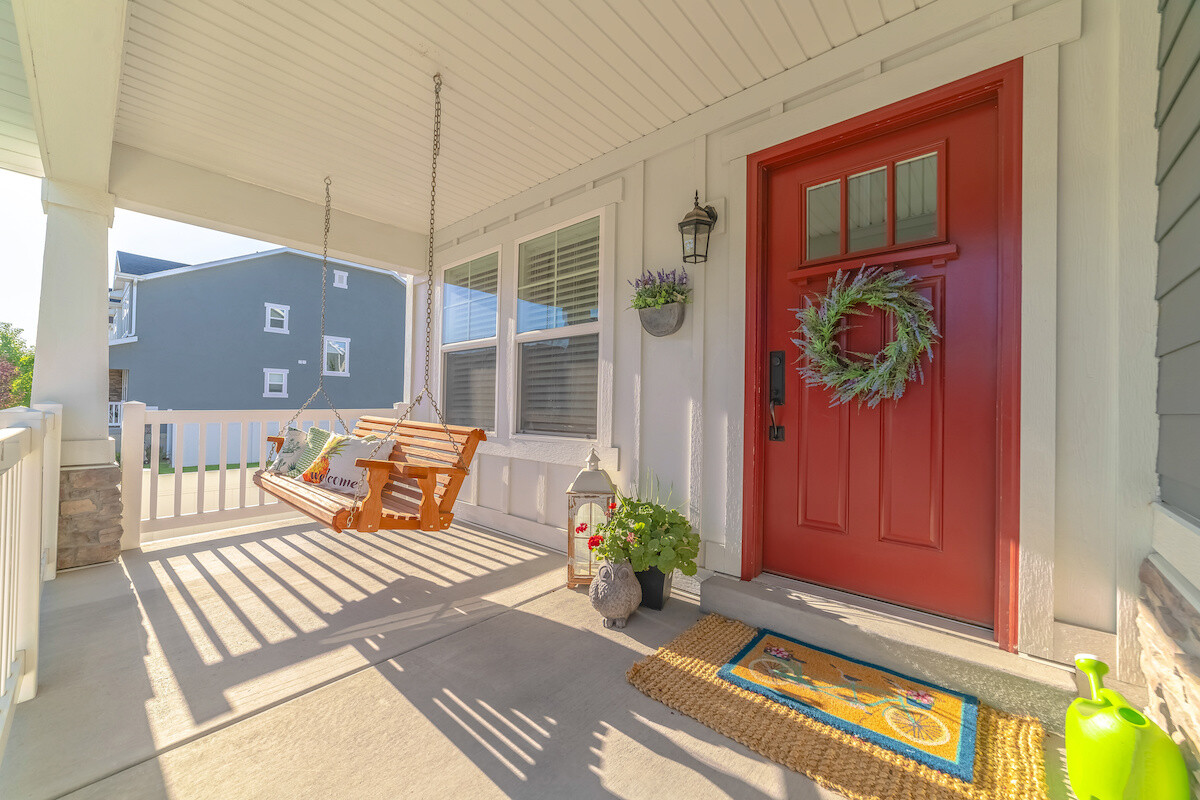
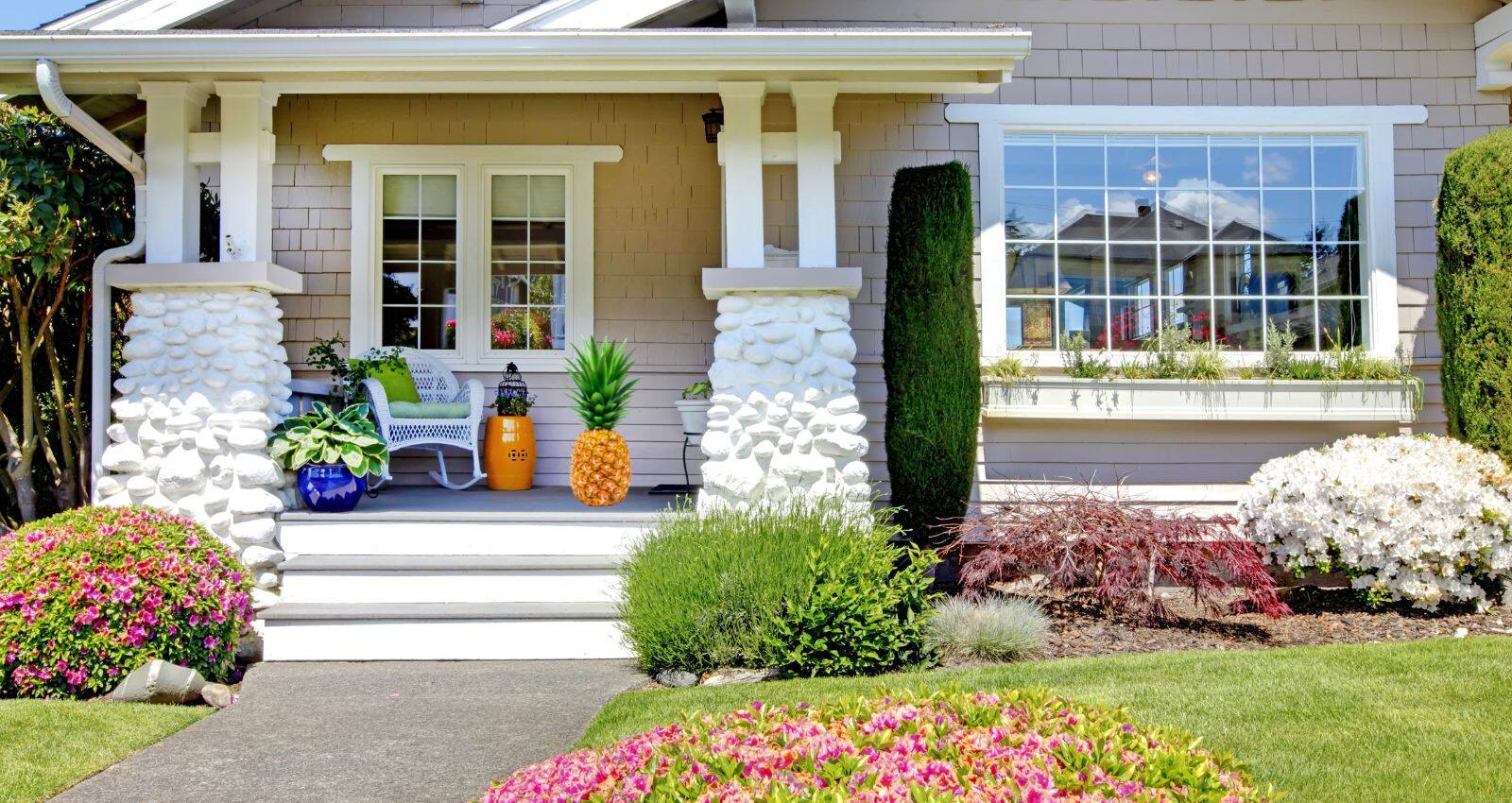
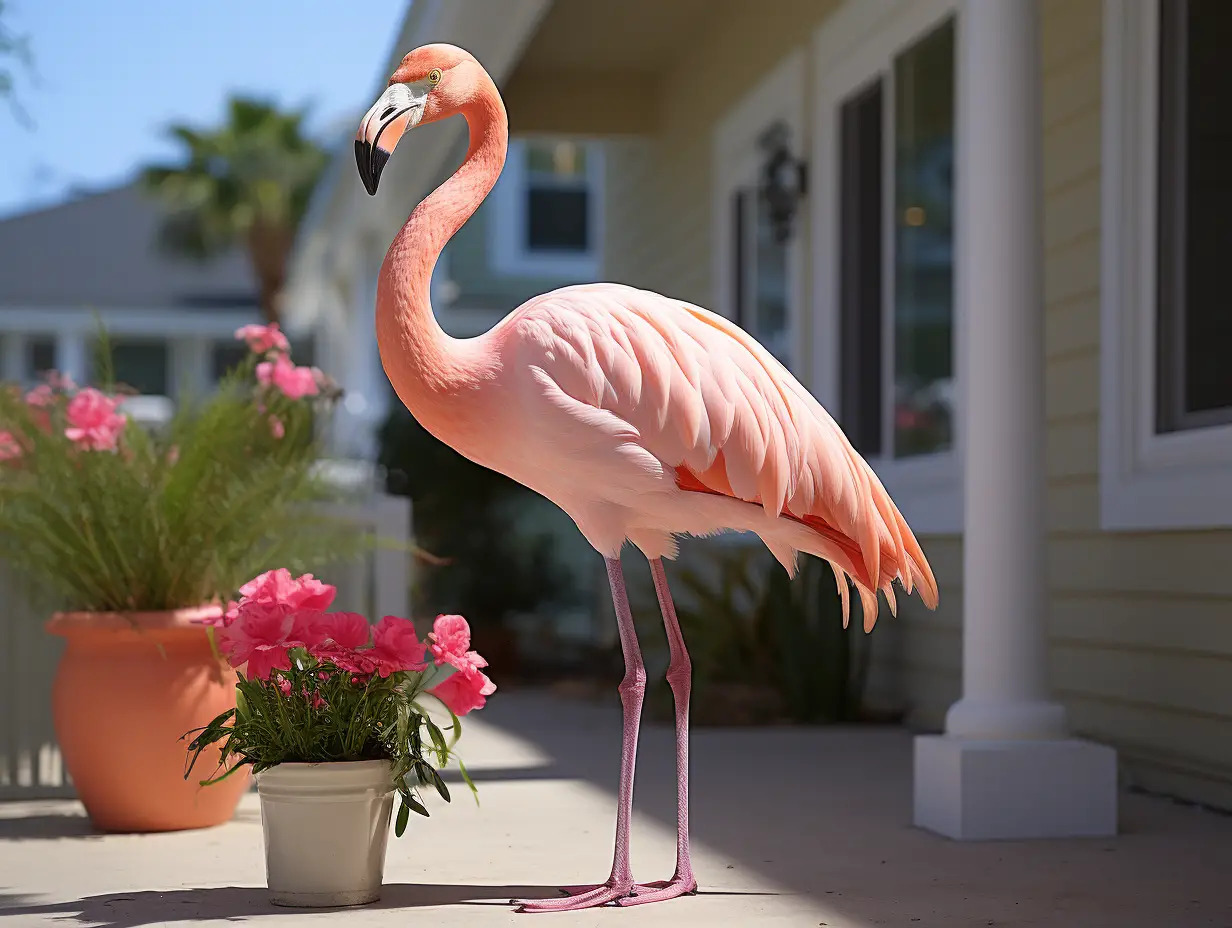
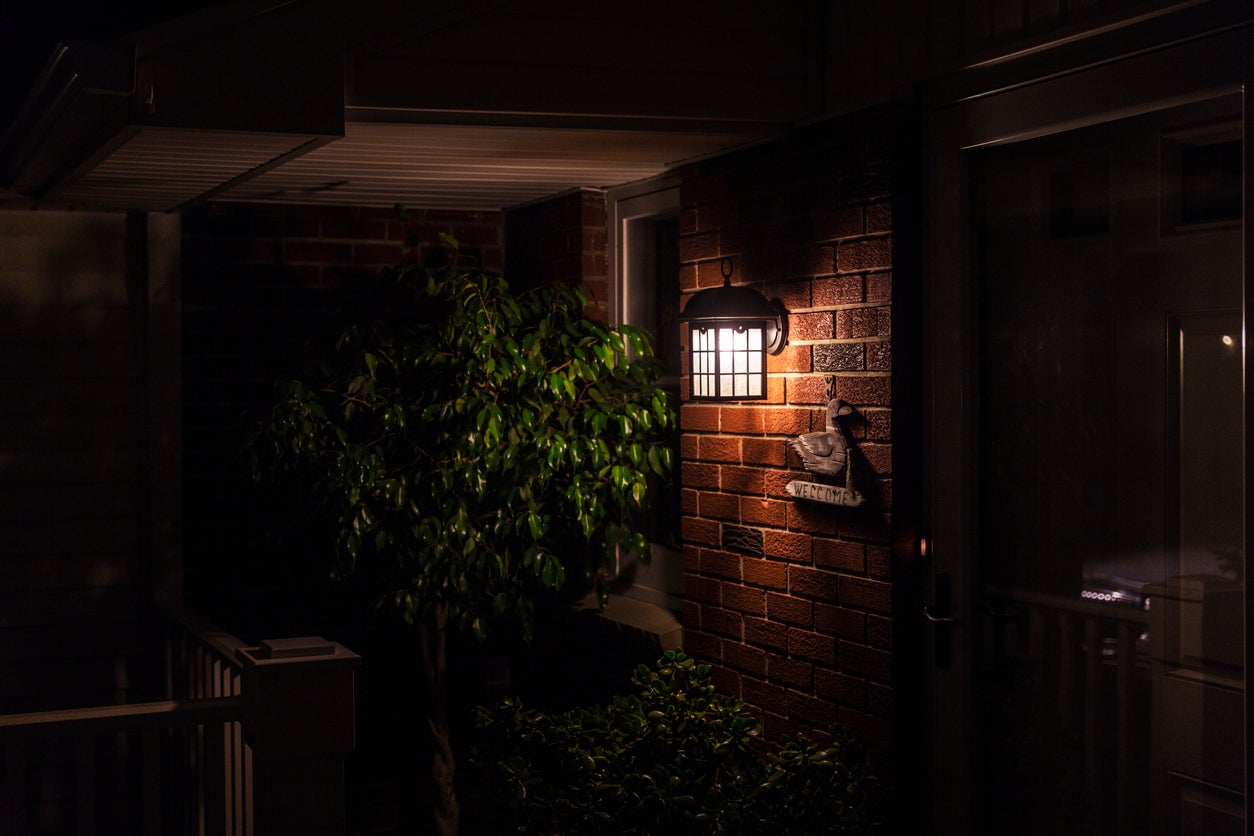
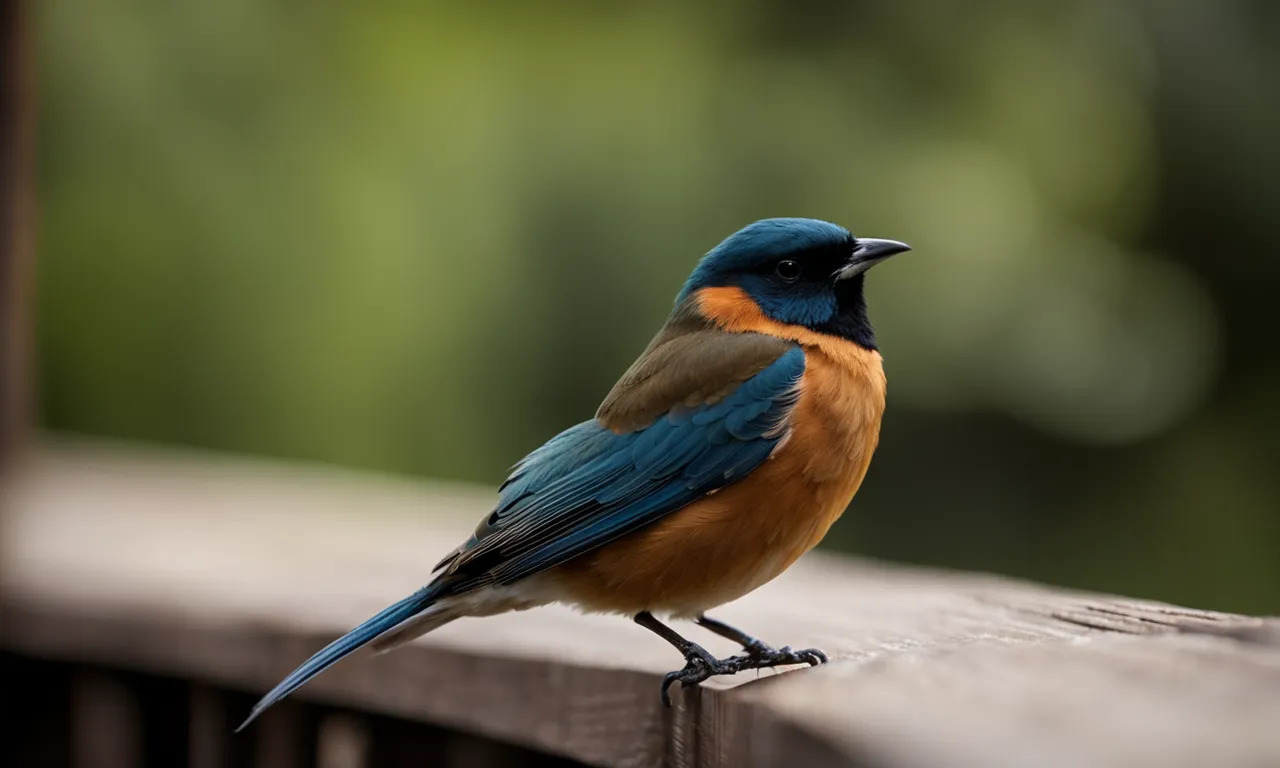
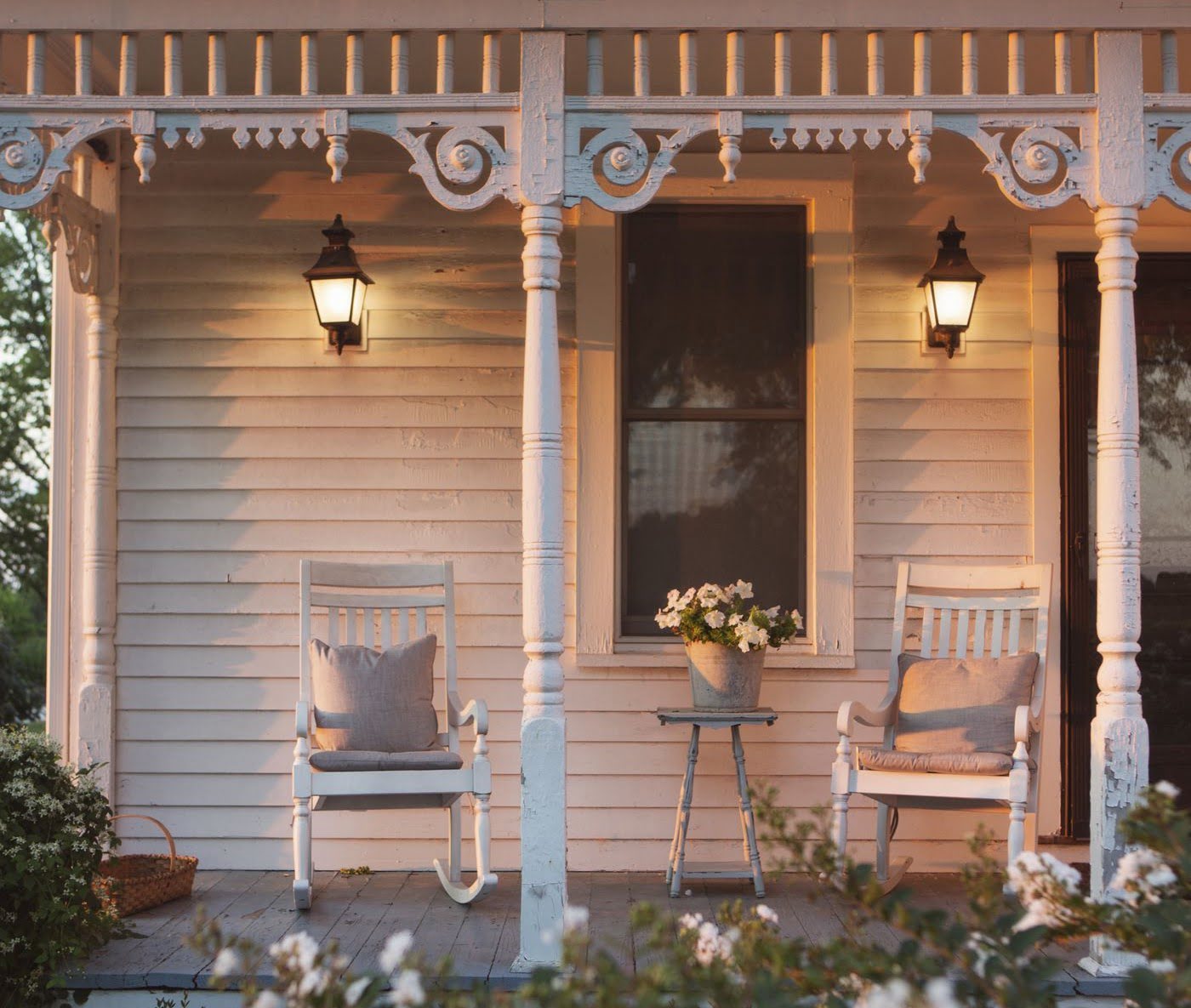
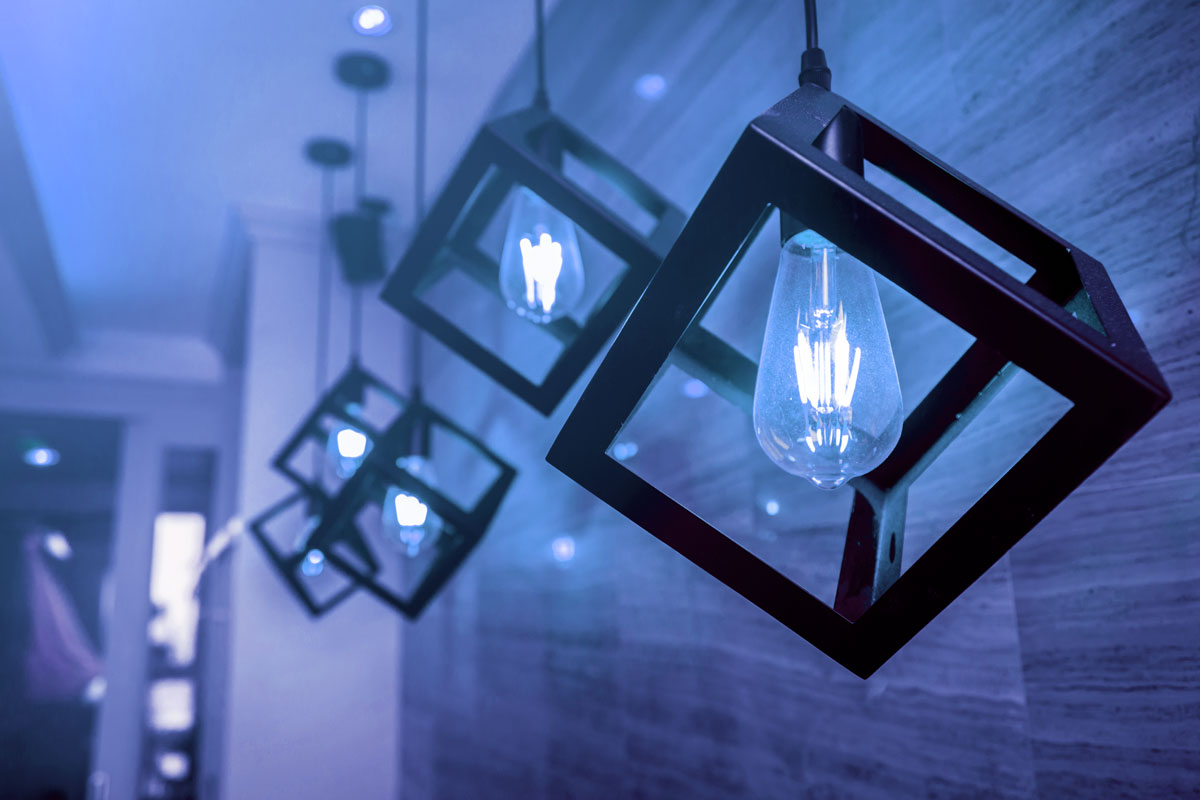
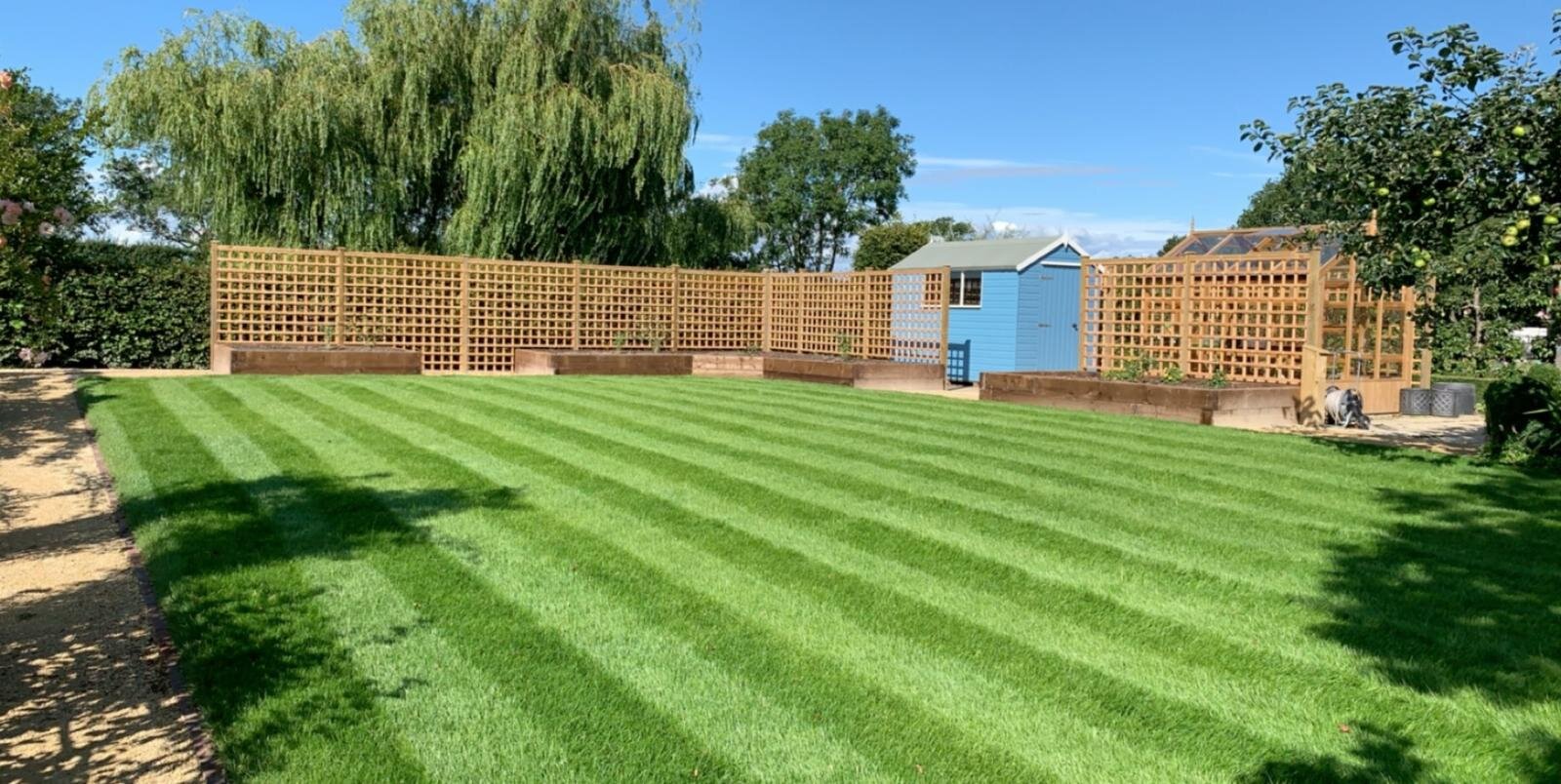
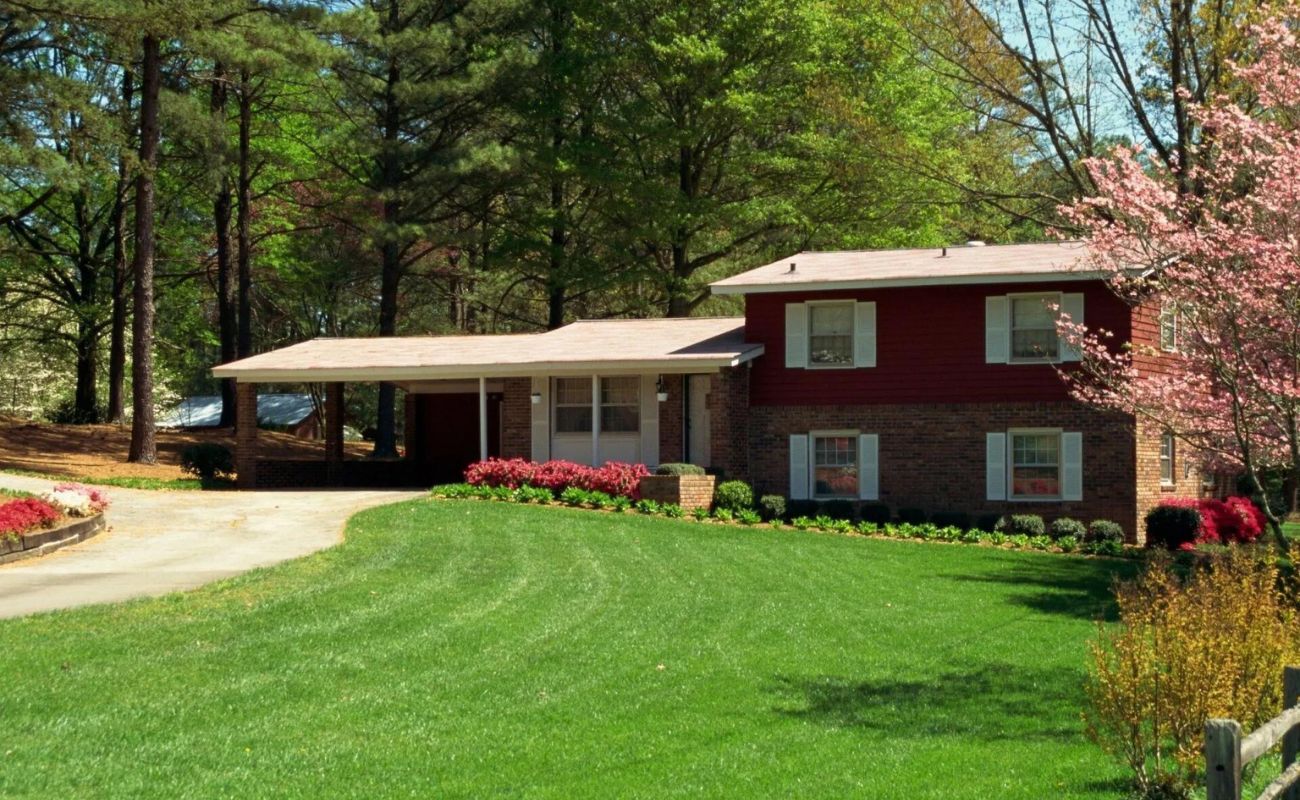
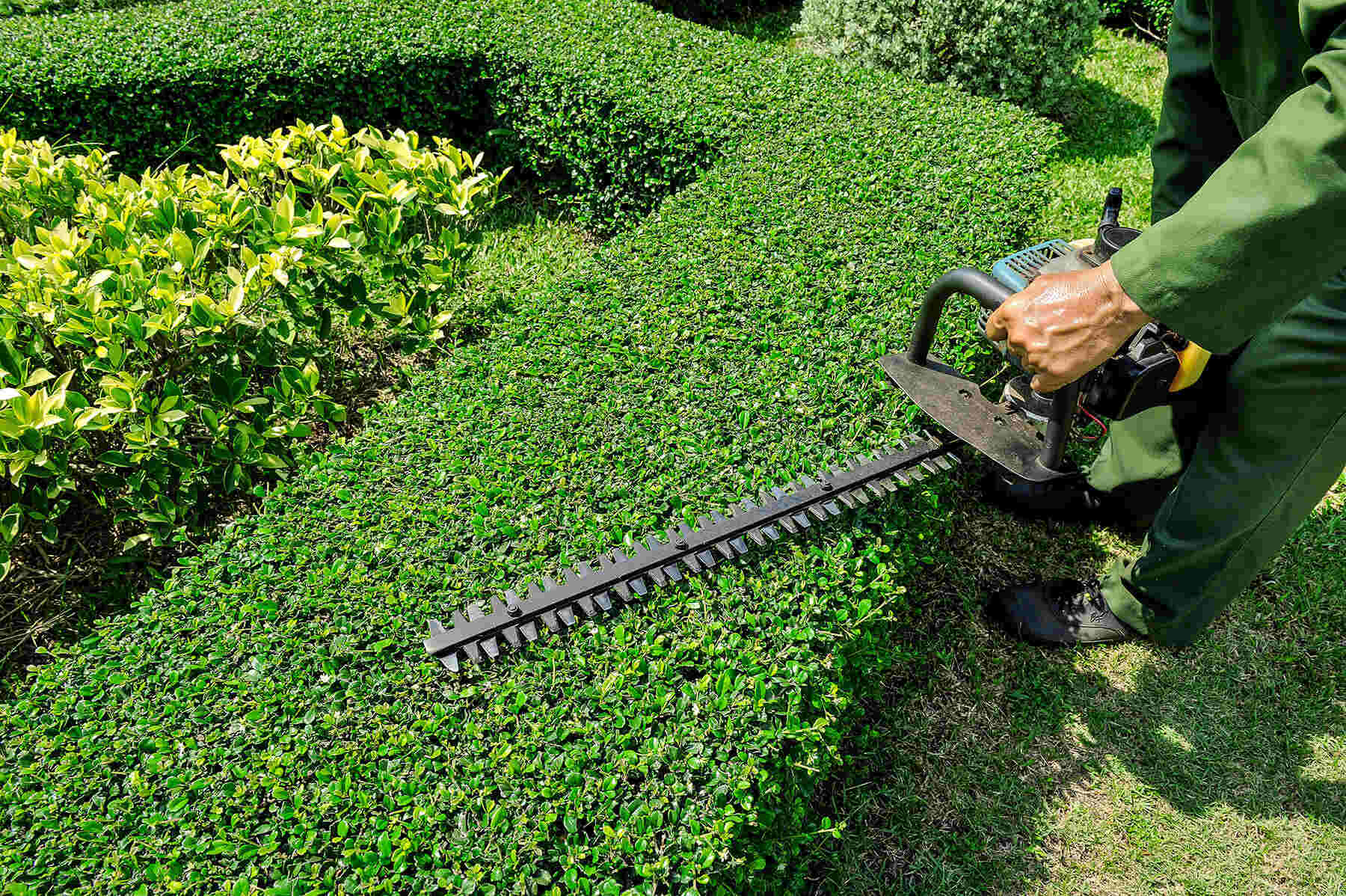
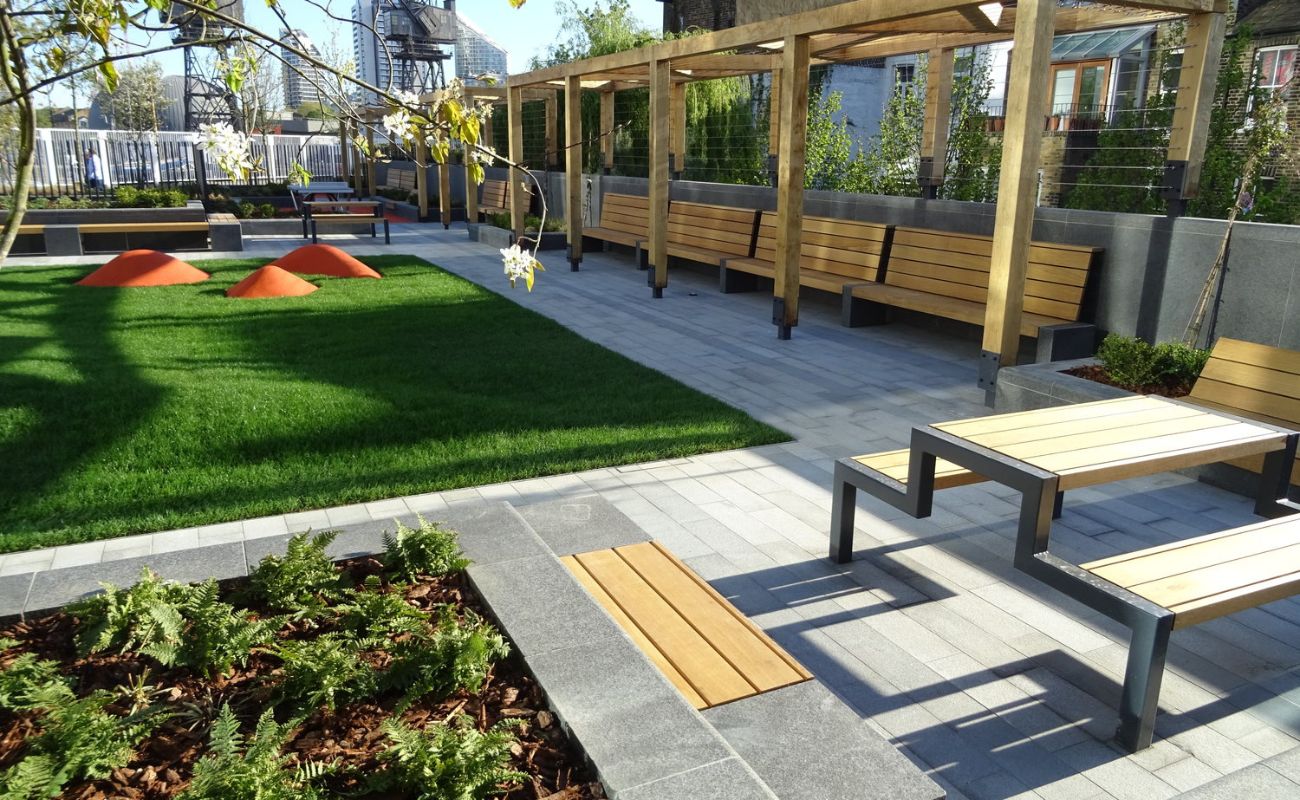
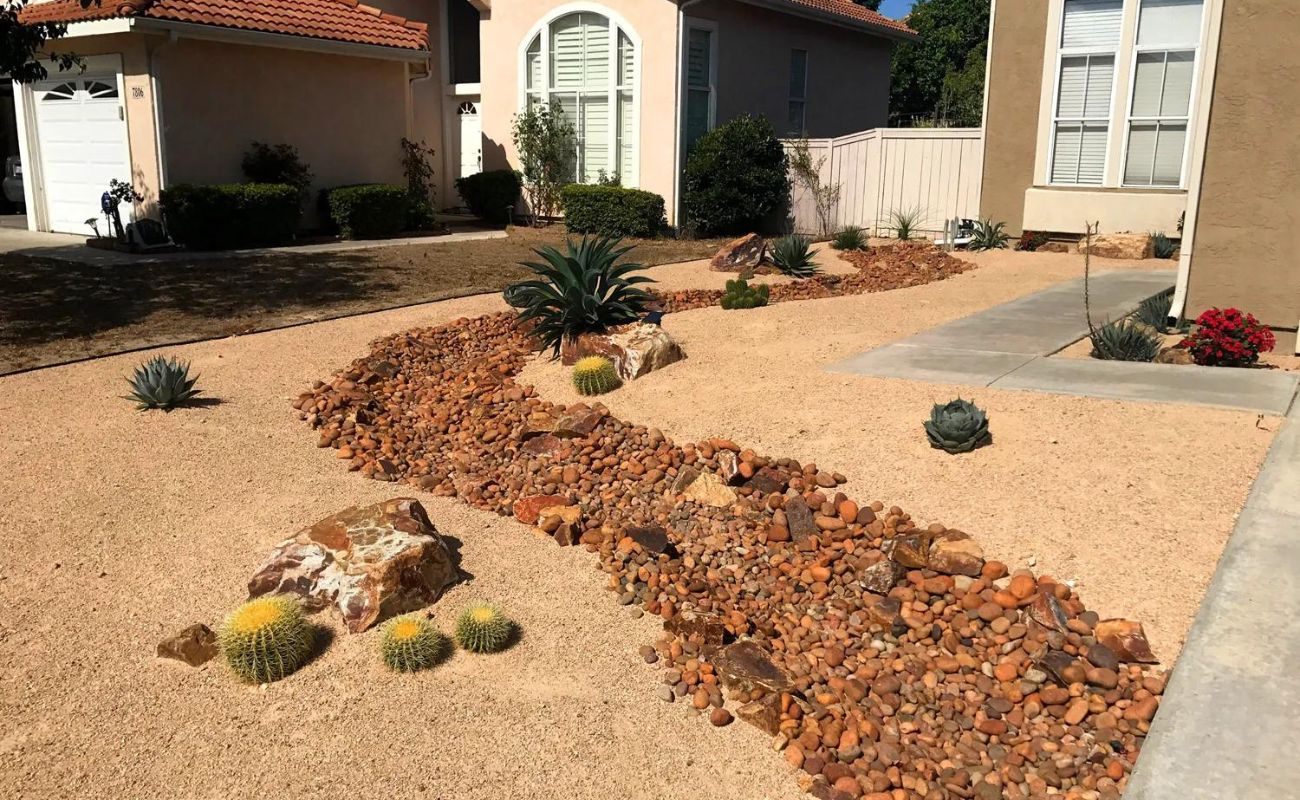
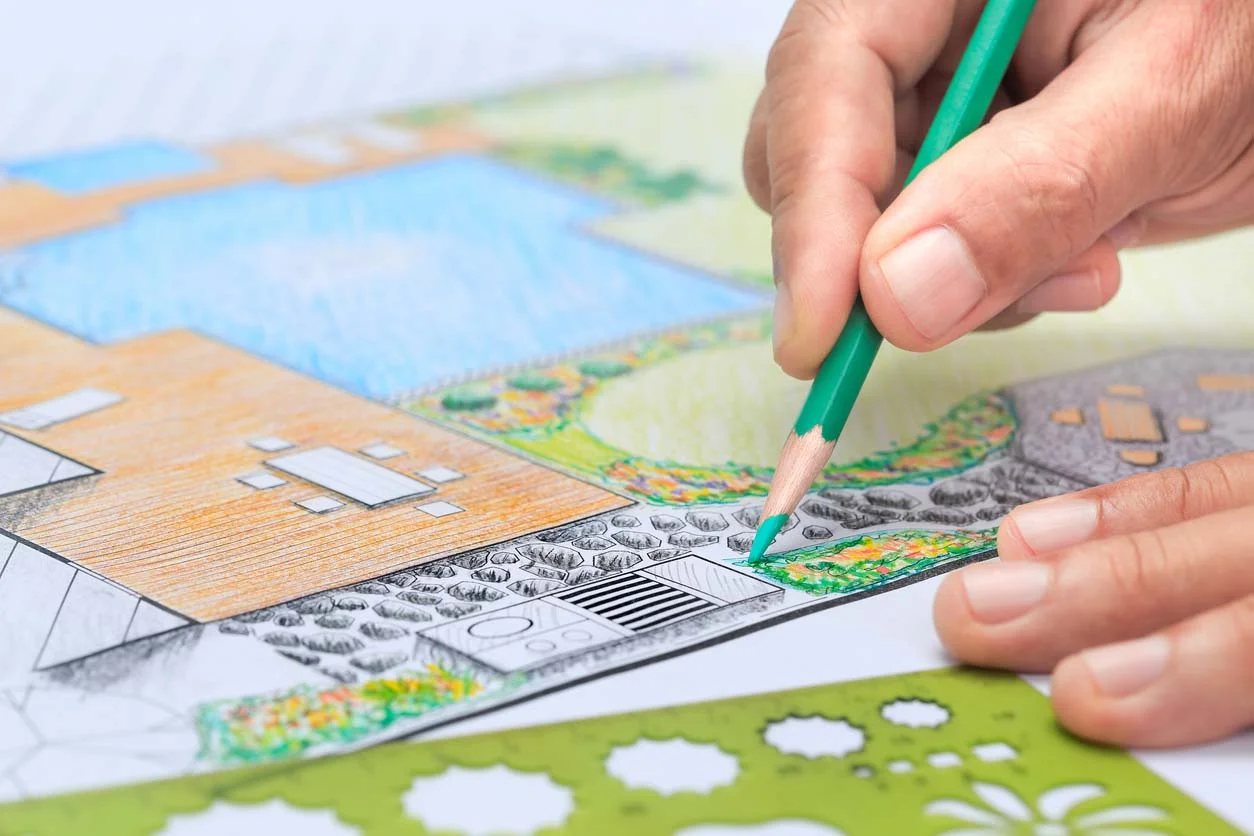
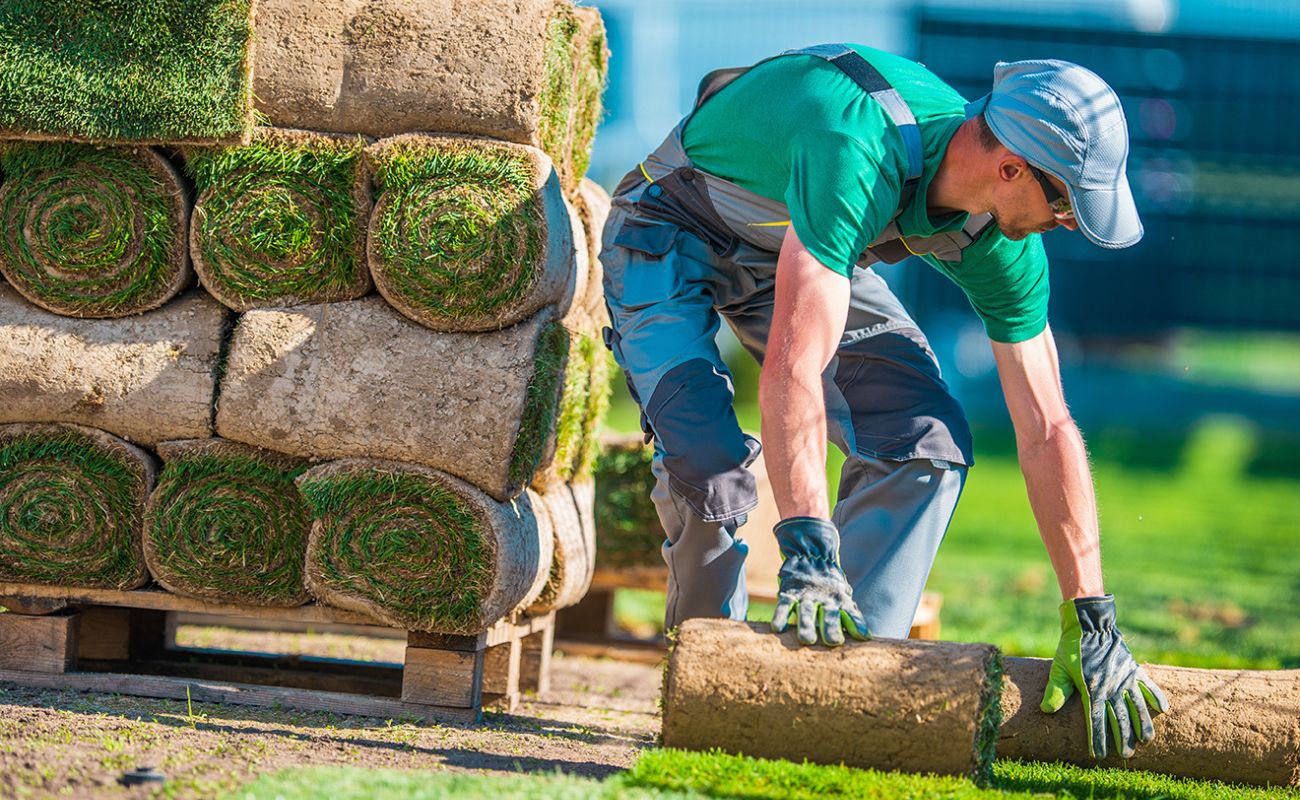

0 thoughts on “What Is The Meaning Of Hardscape And Softscape In Landscape Design”